Extreme Heat damages EpiPens. I have learned of this beyond a shadow of a doubt.

You may recall that last summer I did an experiment where I exposed five EpiPens to extreme temperatures. Of the five, only three fired properly.
I made a video of this and it created a sensation in the world of EpiPen users. Particularly the EpiPen that jammed because of extreme heat. Granted, the temperatures I achieved were hotter than most users will experience (between 180 and 200 degrees Fahrenheit. They were all in full sun on the dashboard of my car.) But the message was still clear: do not leave your epinephrine in the heat.
I was thrilled to bring attention to this important issue, but I also had my doubts. What if I had simply gotten a bad Pen? So at the end of last summer, I repeated the heat portion of the experiment with 20 more EpiPens! (Ten matched pairs.)

A new Experiment for EpiPens in Extreme Heat
I wanted to see if this effect on an EpiPen in Extreme Heat could be repeated. Once again, I put EpiPens on the dashboard of my car in full sun.
I meant to heat the EpiPens for two weeks, but after getting some cool weather and then getting busy, I actually left them for 6 weeks. At the end I fired them all. If I’d had a bad Pen in my first experiment, all of these would still fire. If the heat had indeed caused the problem, then the jammed EpiPen phenomenon would be repeatable.
The maximum temperature I recorded in my car during this experiment was 195.4 degrees. Many days got to at least 180 degrees. That is pretty extreme heat for an EpiPen!
Let me tell you, the results were astounding!
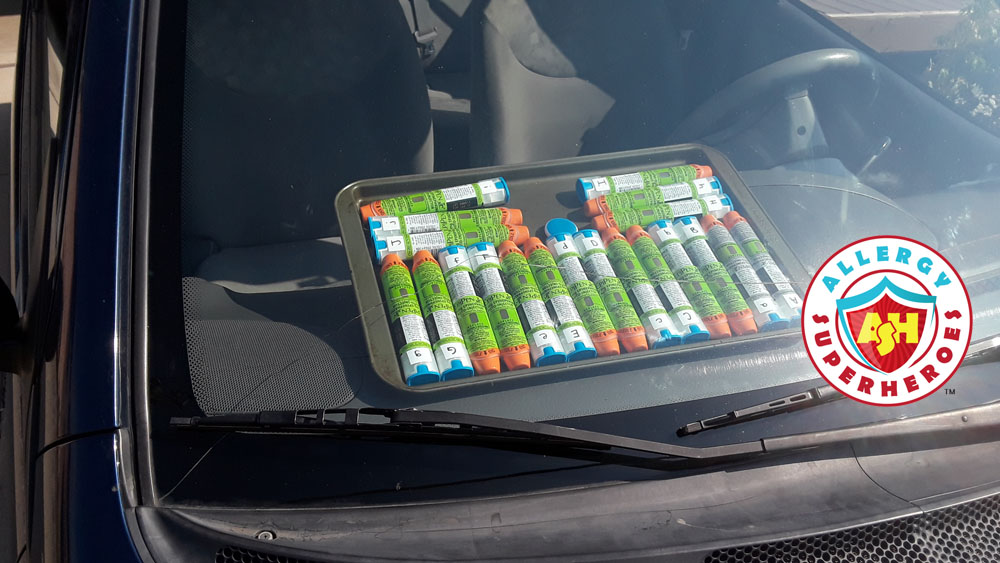
More than half of the EpiPens refused to fire after being in the heat!
As with the first experiment, I split these Pens into two groups: half that I fired while still hot, and the other half that I brought back to room temperature. One EpiPen from each matched pair was in each group. That way I could control for any damage they sustained from the user before I received the Pens.
Six or seven Pens from each group jammed when they should have fired! Therefore, I did not see any difference in outcome regardless of whether the Pen was still hot or had been cooled. The problem was the heat itself, not the temperature of the EpiPen when it fires.
Interestingly, not all of the EpiPens remained jammed. Many of them fired spontaneously after I put them down. Sometimes this happened the moment they hit the table, and other times a few minutes passed before they sprang into life. Each time, I could only shake my head in horror at the thought of trying to inject an EpiPen that won’t fire, then finally giving up to try something else and watching the Pen fire it’s life-saving medication into the air.
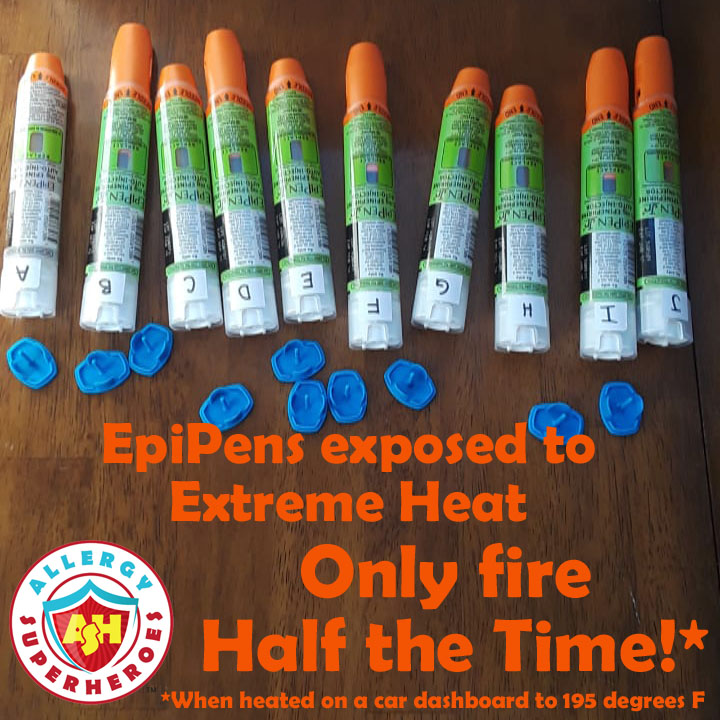
I tried to fire these Pens live on video in my Instagram stories last September. Unfortunately I encountered an Instagram error and I lost all the videos. I was devastated, and so mad at myself!
However, you can watch my summary video of this experiment on YouTube here.
Clearly, 195 degrees is hot enough to damage an EpiPen!
But I still had other questions. After all, most people don’t leave EpiPens on the dashboard in full sun. It will be cooler in other parts of the car. How much damage would that heat do? Well good news, I will address that question in my next Experiment post. Stay tuned!
And for those of you who like numbers and specifics, here are the details of my experiment.
SPECS
- My car is dark blue. I parked it facing south in full sun.
- External highs were in the 80s most days.
- 20 Pens were on the dash, directly in full sunlight (the cookie sheet was so they would all fit on my sloped dash.)
- 20 Pens were in the glove box, which did not get quite as hot, but better reflects the behavior of folks who store Epis in the car.
- I cooked the Pens in my car daily for
two weeksEnded up being 6 weeks. - My car retreated to the garage overnight.
- For half of the time, I recorded dashboard temperature every ten minutes.
- For the other half of the time, I recorded glove box temperature every ten minutes.
- Jen from Blue Bear Aware provided us with the tools to accurately record the temperatures. Thanks Jen!
- I used this device to measure temperatures. It’s small and programmable, great for monitoring medication temp, though a bit techy.
- I paired off the 2-packs that originally came together and clearly labeled them (A-a, B-b, etc.)
- A through J were on the dash, Q through Z were in the glove box.
- At the conclusion, I allowed the capital-letter-labeled Pens to return to room temperature before firing them, and fired the lower-case-labeled Pens while still hot.
- Expirations ranged from November 2013 to December 2017.
- Expirations were evenly distributed between the dash and glove box.
- I didn’t use any Pens that expired between April 2017 and October 2017. That was the time range of Mylan’s recall (my last experiment involved Pens that expired August 2017, which was in between recalled lots.) I wanted to make sure this experiment was not impacted by Pens that should have been recalled but weren’t!
- For
twosix weeks, we behaved like a one-car family so my car could exclusively cook EpiPens. - The maximum temperature I recorded from my dashboard was 195.4 degrees Fahrenheit.
- Temperatures on the dashboard regularly reached the 180s.
- The maximum temperature I recorded from my glove box was 137.7 degrees Fahrenheit.
- Temperatures in the glove box regularly reached the 120s.
If you found this experiment helpful, please consider supporting us on Patreon. Our Patrons help us to keep things going. Thank you for your support!
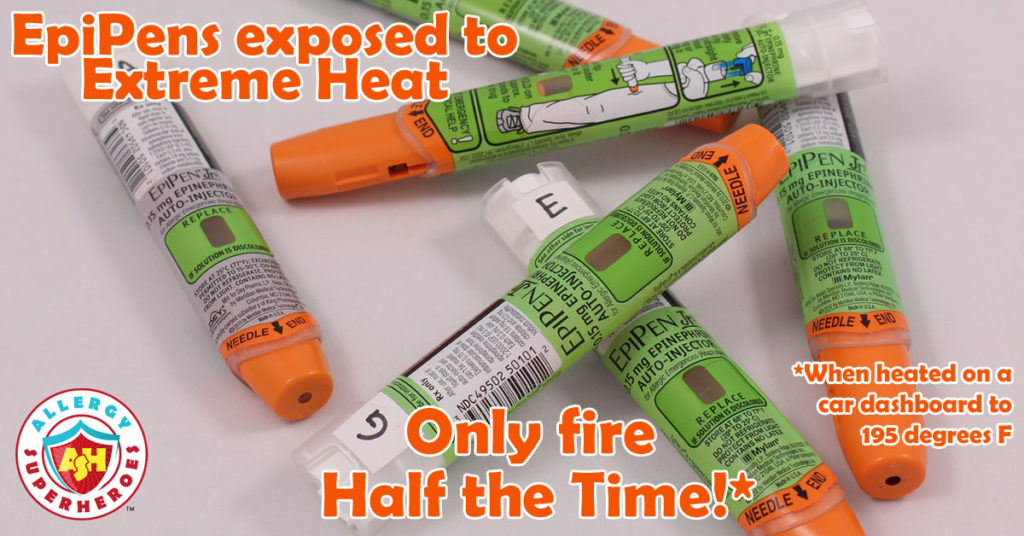



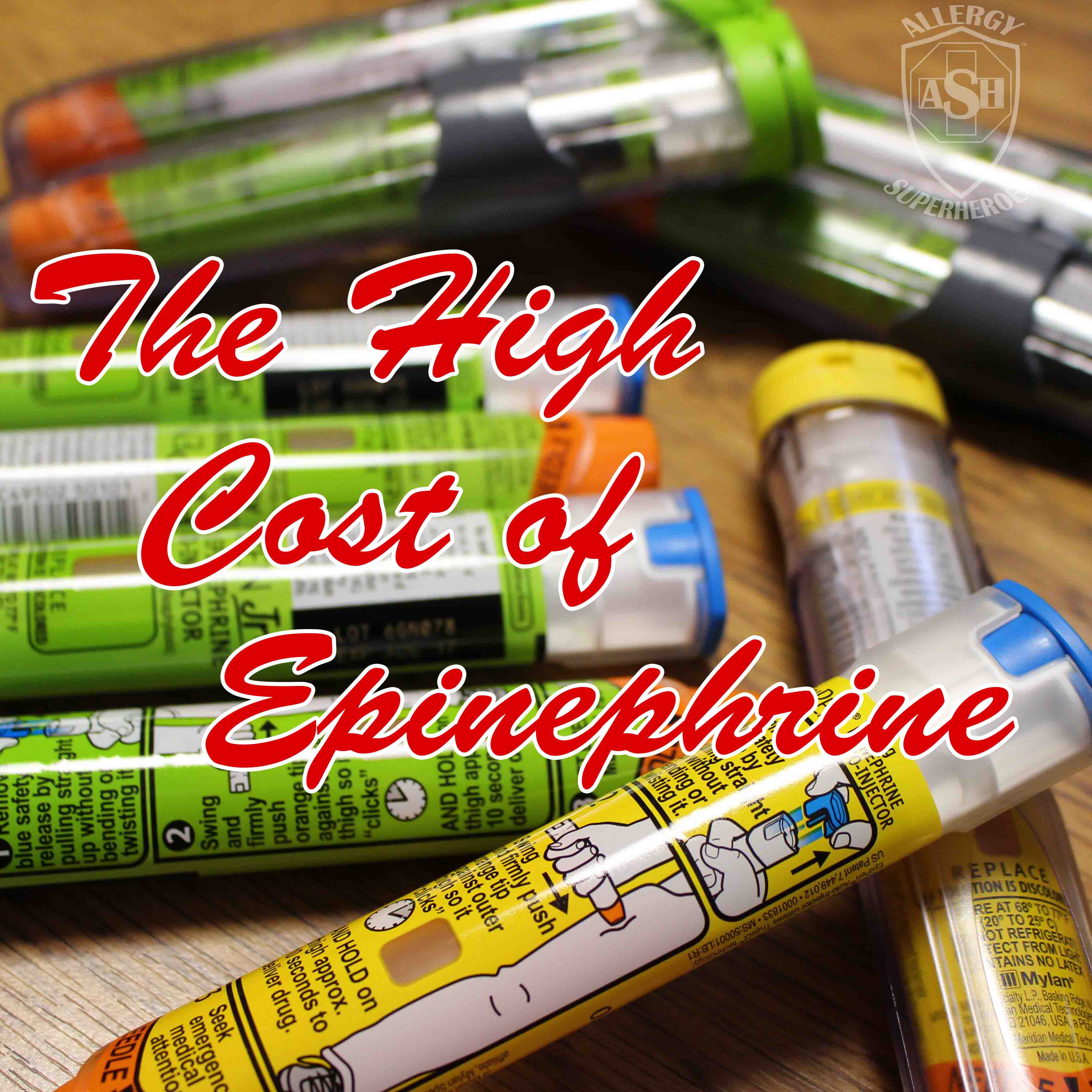
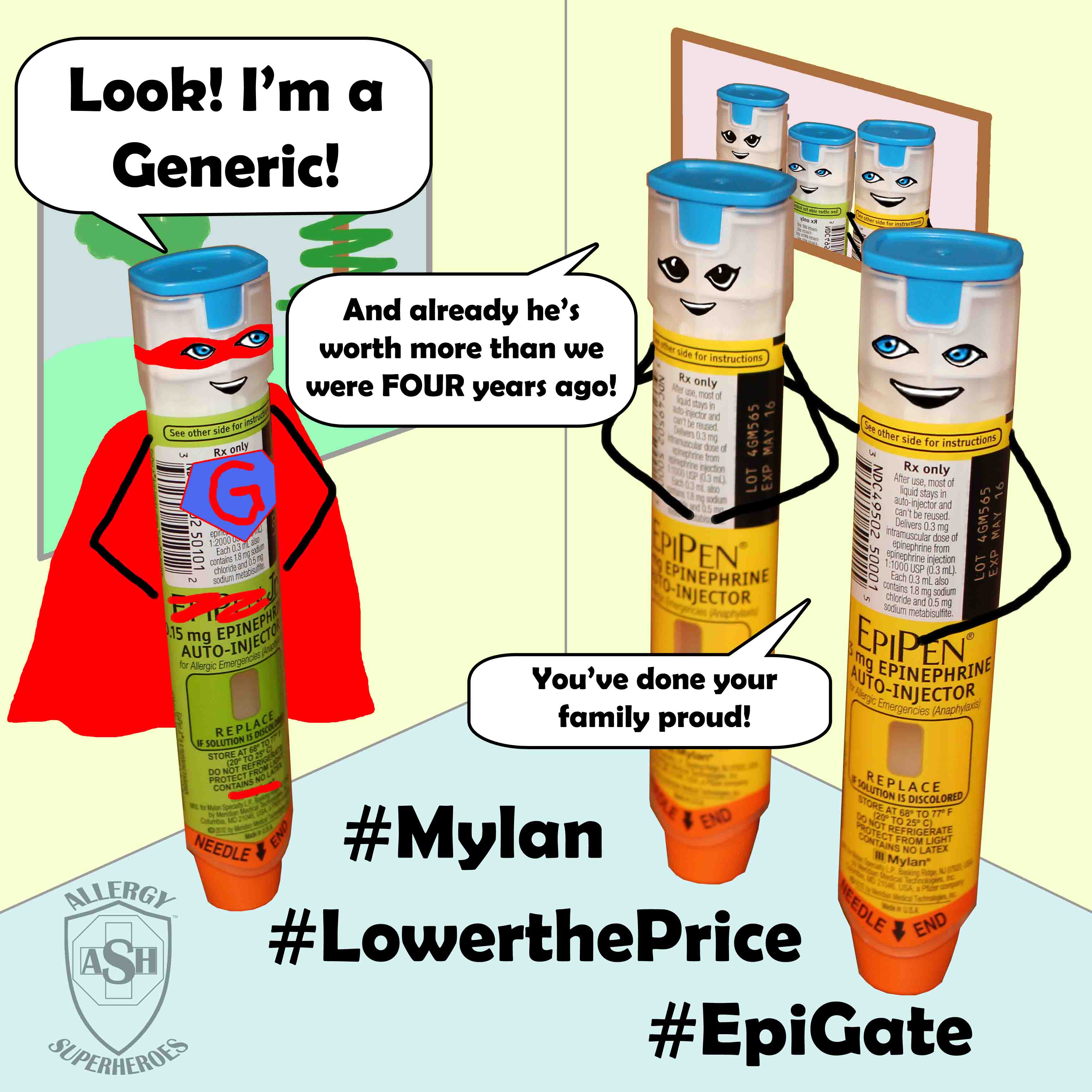
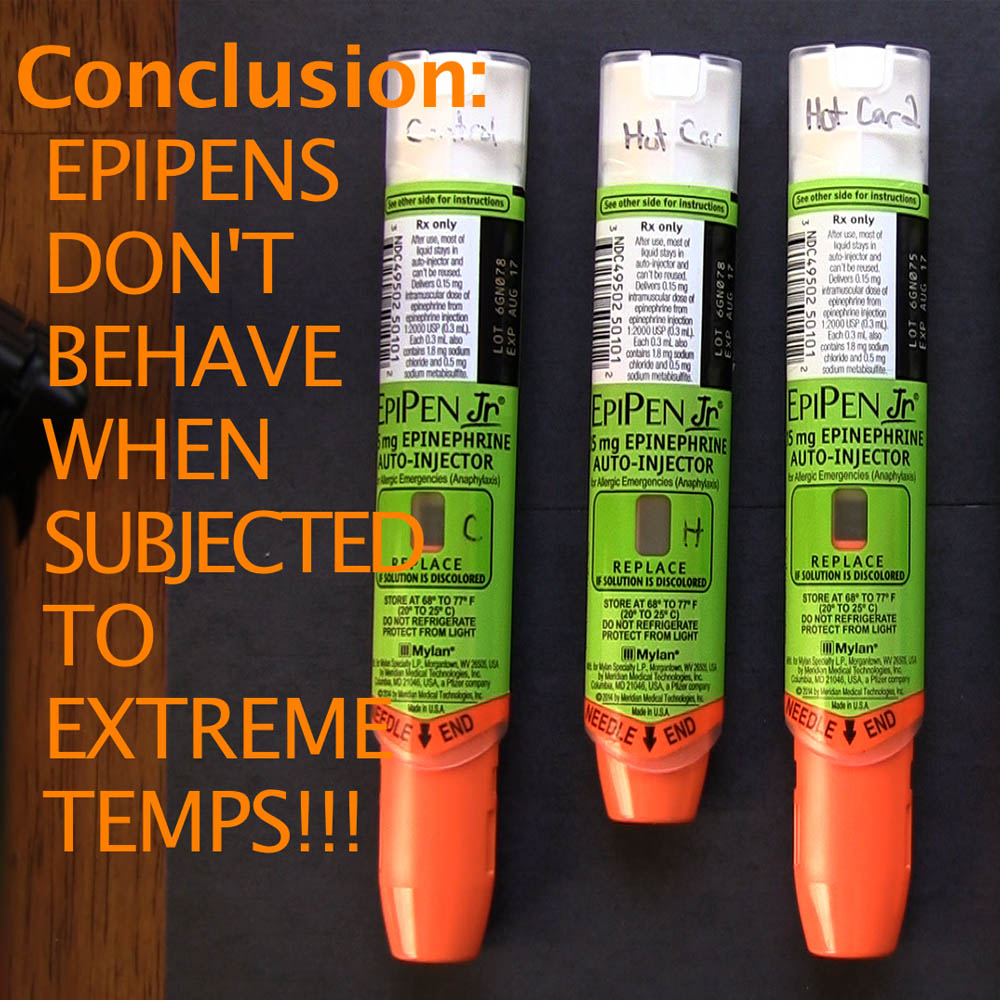

Mixed feelings. Yes I do want to know, but with all of the people struggling to even get the meds… It’s hard for me to not look at this as twenty reactions that could have been helped.
I do understand that. But all of these pens were expired–many long expired. They were all either from our family, or given to me by other families who had filled newer prescriptions. There would have been no legal way for me (or the original owners) to distribute them to needy families for use once they were expired.
I definitely wouldn’t do this with current, expensive medication!